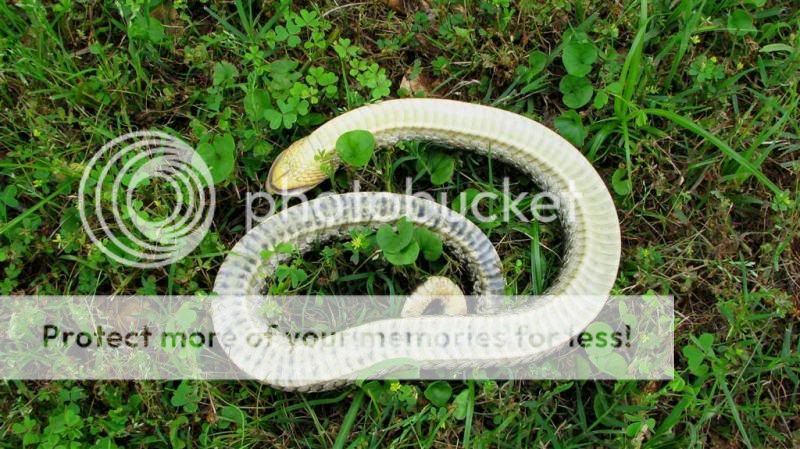Flintknapper
Member
I remember hearing stories when I was a kid about "spreadin' adders". They were capable of spreading a hood just like a cobra and were very feared among the old folks. I later learned that a spreadin' adder was really a hog nose snake and was harmless. To anyone unaccustomed to the antics of hog nose can easily think they were dangerous. If they can't bluff their way out of trouble by spreading their neck, hissing and "rattling" their tail, they will roll over and play dead. They even have a smell that mimics the smell of decomposing flesh.
Indeed they put on quite a show. Much hissing, posturing, short strikes, spread their neck and raise their heads off the ground, etc....then if all that fails, they will often roll over on their backs and feign death. As this one did:



